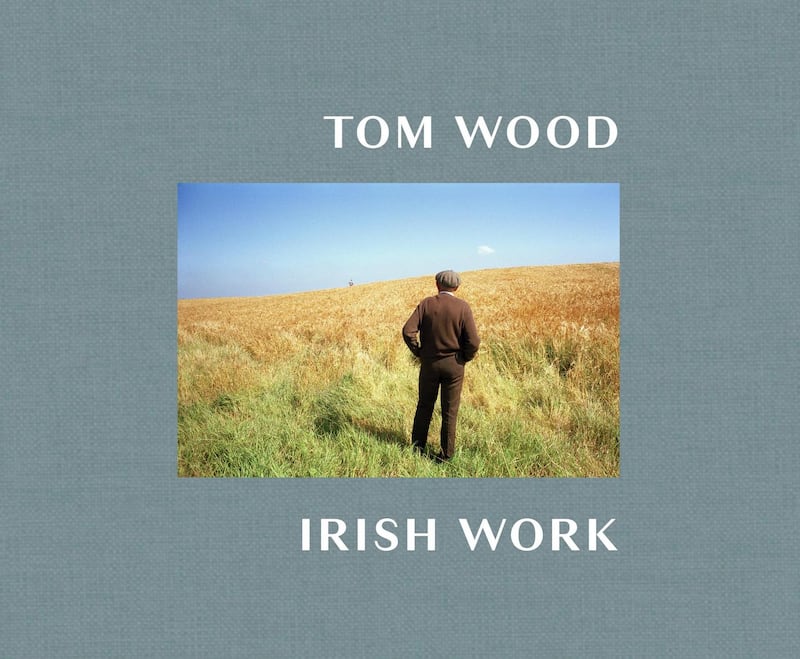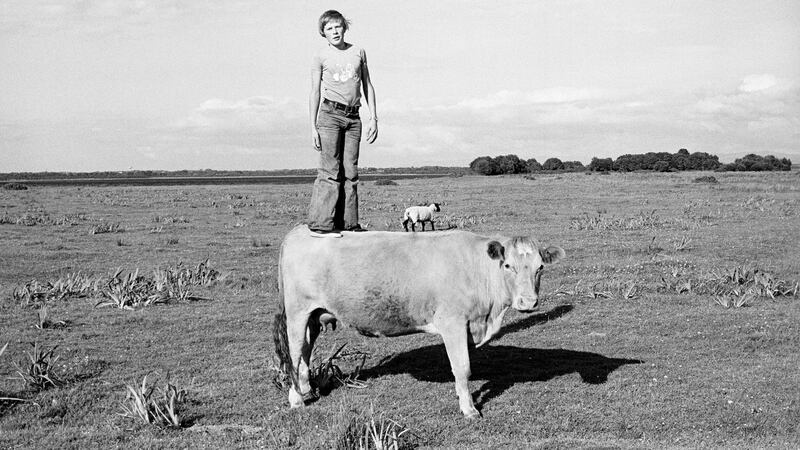In 1949 my father Charlie was a 30-year-old bachelor farmer living a solitary life in rural Mayo. Nineteen-year-old Kathleen chanced by one day while he was preparing eggs for market. They were married a year later but Kathleen had to change her religion to marry into the Protestant church. Suddenly her friends would cross the street to avoid her and her family refused to speak to her.
I was born in 1951 and, under all kinds of pressure, Kathleen ran away to England. I went to live with my granny and uncle Norman on the family farm, on the other side of Crossmolina. When my mother was eventually located she refused to return to Ireland, and in 1954 my father moved to England taking me with him (to Cowley, near the Morris Motors car factory). After they were reunited my parents had three more children.

My mother only returned for funerals. Charlie spent the next 40 years working in the car factory, but he lived for his annual returns to Ireland. Boat train to Holyhead and ferry to Dublin. The journey from Dublin to the west would take all day, broken halfway somewhere in the midlands for lunch. I have continued to make the same journey myself every year since. Once we arrived on the farm we rarely went anywhere else. Travel back then was mainly by foot, horse and cart or bicycle.
My feelings for Ireland are complex, a deep emotional connection for sure, and all kinds of family issues that were never really resolved. But I always felt I was going home. I missed granny and uncle Norman. I loved the place; the fields, the animals, the emptiness... turning the churn to make butter, open turf fires, going to bed with candle light. Electricity didn’t arrive until the early 1960s. Granny lived until 1971. When I returned a couple of years later, as an art student with camera in hand, everything seemed to have meaning and I began to photograph constantly. All subsequent visits over the next 50 years have centred on the family farm on the edge of Loch Conn.

In 2013 BBC approached me for their “What do artists do?” series, initially wanting to film in Liverpool, where my best-known work was made. But I insisted it be done in Mayo, I knew it might capture some of the excitement I feel for the place and I knew we’d come across interesting characters and situations. (It was subsequently broadcast internationally on BBC World News.)
One of the earliest pictures in the new book is of my cousin Alan on the back of Gráinne. It was fun to make the image, a kind of snapshot, and I thought it was a great picture at the time, but many images take time to recognise. The best ones have a kind of life of their own.


![Wiring, Nephin Beg Range (1986). ‘Abandoned cars, ironic, because my father [reluctantly] worked at a car factory all his life’](https://www.irishtimes.com/resizer/v2/B4OSGABV2AJJJGC3LLPRWXZ76E.jpg?auth=2cce8a69648882342f639ef9331e50b2a8f841b17e3aadee1315d74a5039bf30&width=800&height=449)
When it came to selecting images for the book I edited the work down to a thousand or so and then handed them over to artist Pádraig Timoney. He spent three months narrowing down the selection and sequencing the 300 pages.
A key characteristic of photography is time and time passing. Life changes, things once considered commonplace can gain new significance. My own understanding of how a photograph can work changes, and to that extent the final significance of a picture is never fixed.
The aim was to make a book to be read, almost like a book of poetry, not as a coffee table collection of “great” photographs.
















